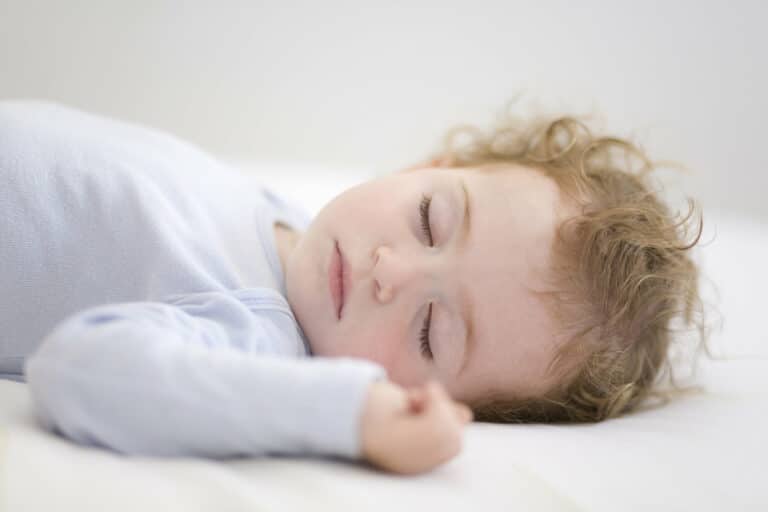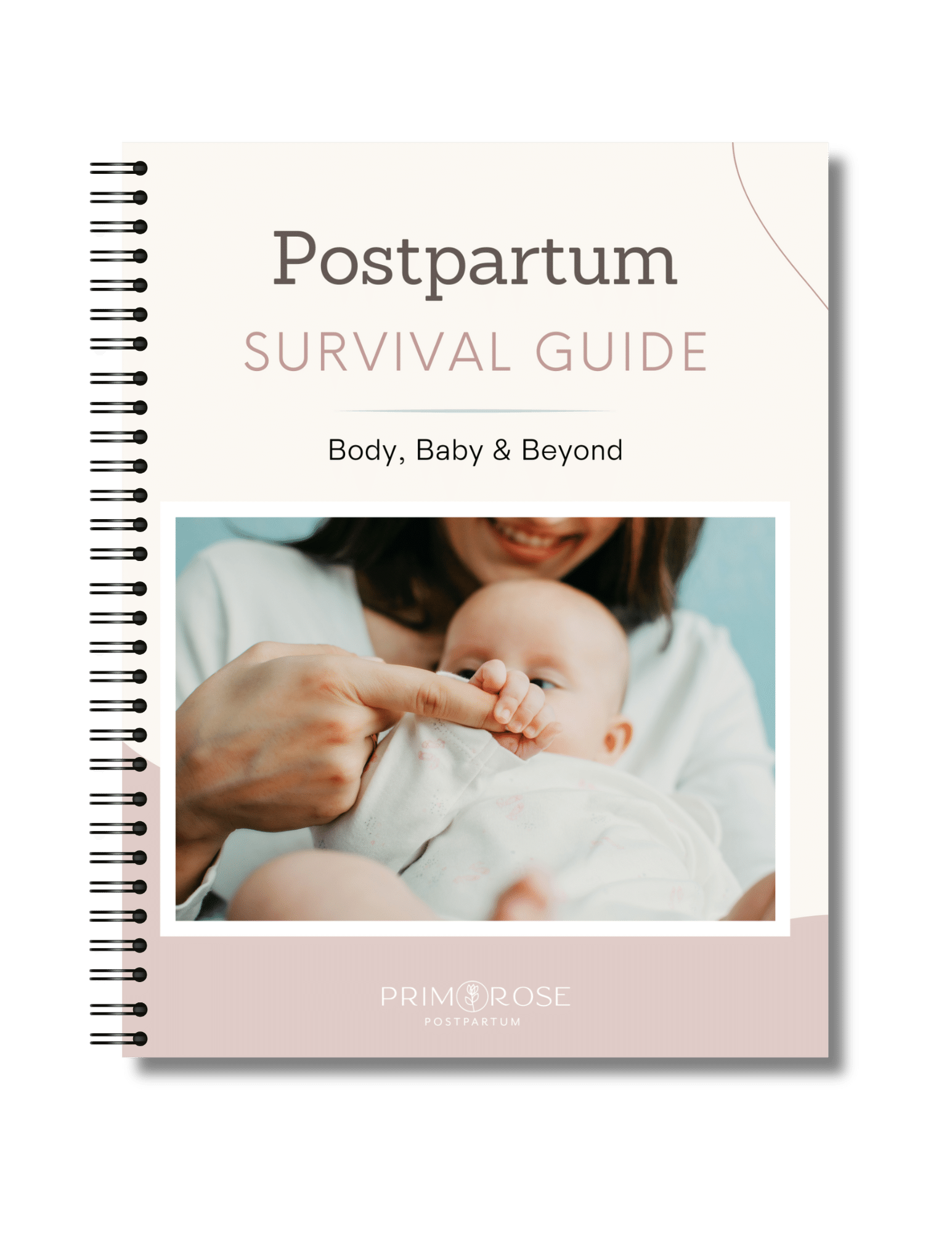BLOG
Creating a Healthy Sleep Environment

Think of your child’s bedroom or nursery, what does it look like? Is it bright and colorful? Are there toys all over the place? A mobile hanging over the crib? One of the most exciting parts of decorating a room for a baby is making it friendly and inviting- a place that every baby would love to fall asleep. But what happens when you get your baby home from the hospital and they don’t sleep? As adults, we can block out a lot of outside distractions when we are tired, but that’s very difficult for children.
When a baby first comes home from the hospital, they seem like they can sleep through anything. You can run the vacuum beside them, have a loud conversation over dinner, pass them from one person to another and they will not stir. That doesn’t mean that they’re sleeping, it’s called habituation. It is a baby’s way to block out the stimulation; a form of self-soothing that most babies have until they’re about 6-8 weeks old. After that time, they will need more assistance to help block out the noise and distractions. This is where sleep environment comes in, and where a soothing setting helps your baby to cope with stimulation.
1. Light: During the day, when babies need to nap, we need to help them by blocking out the light. Amazon.com has great blackout curtains available, but if that’s not in your budget, you can try tinfoil, black trash bags, or even pinning a dark flat sheet over the window. When the room is nice and dark, your baby will be better equipped to block out stimulation. The same applies to toddlers sleep; if you want to encourage naptime, try making the room nice and dark.
2. Sound: Are you constantly worried that someone is going to ring your doorbell or the garbage truck is going to wake-up your sleeping baby? A white noise machine can help. Babies are used to lots of noise in the womb, the outside world is very quiet to them in comparison. By adding white noise to their sleep environment, it helps them to block out the intermittent noise, and encourages them to sleep.
Here’s a good place to compare white noise machines:http://www.sleeplikethedead.com/soundmachine-compare.html
3. Distractions: The mobile that’s hanging over your baby’s crib may be too much for him. Instead of soothing him to sleep, it may be keeping him awake. There are some babies that are so focused on what’s going on that mobiles distract them. Even sheets that have a pattern on them can be too much for some babies, their eyes focus on the pattern and they can’t shut it out. It may seem silly to you, but plain sheets may make all the difference to your baby. Is your toddler’s room covered in toys? That may be too much for them. If their room is full of toys, put them away in bins before naps, where they won’t distract them from sleeping.
4. Personal Preferences: Pay attention to your child and you will learn what they like and what they don’t. My first son loved cozy spaces, so for the first few months of being in his crib, I halved it and made it feel smaller by using the bumper to create a smaller space. He loved this and he transitioned much better into the crib. What does your child like? Does she seem to calm when you press your hand to her tummy while she’s falling asleep? Swaddling or Magic Sleep Suits provide deep pressure sensations that can be calming and comforting for some children.
Get to know your baby or child and adapt their sleeping environment to what will work best for them and their personality. Sometimes creating a healthy sleeping environment is half the battle of good sleep!
 ACCESS NOW
ACCESS NOW


